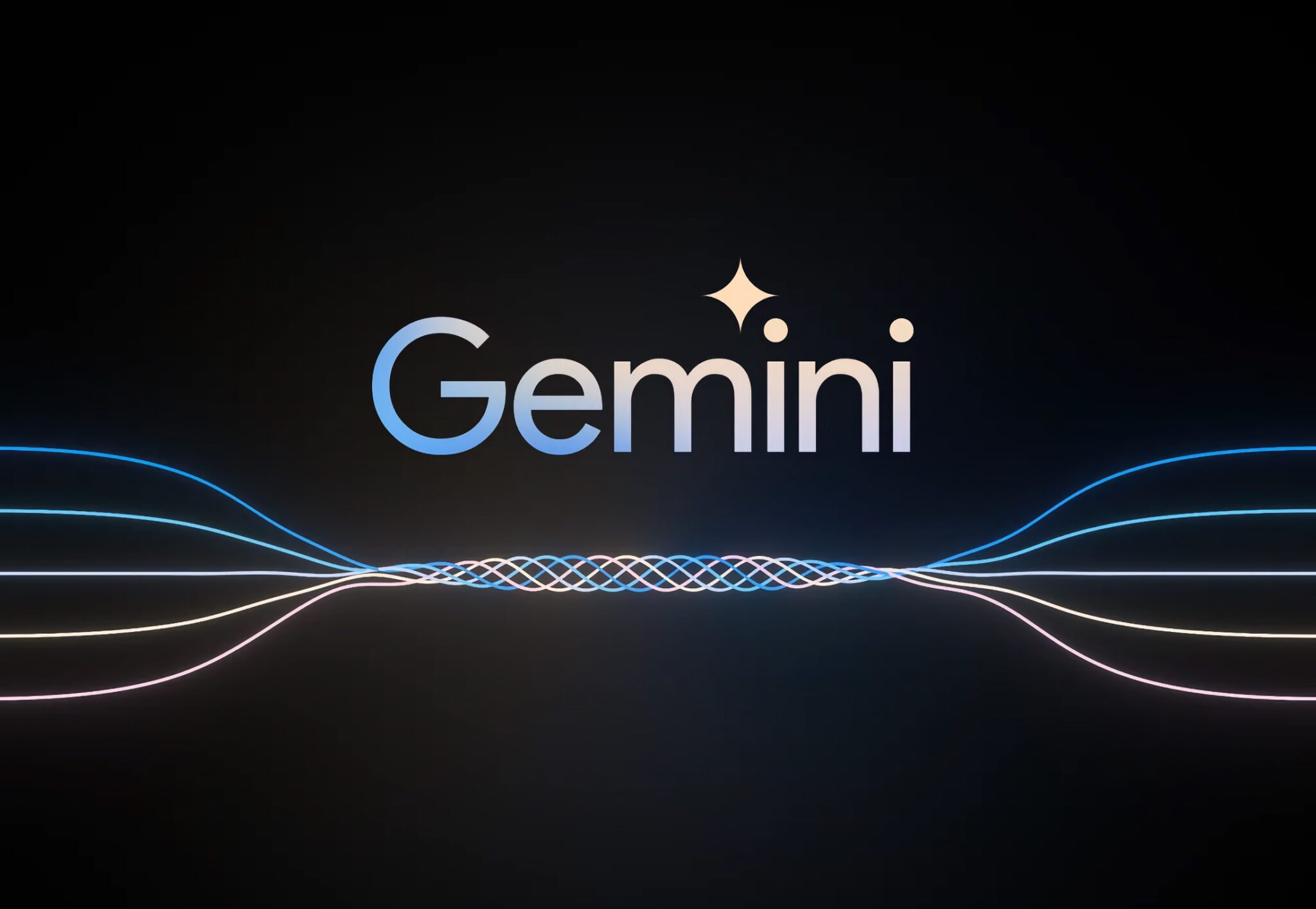Google has introduced an AI reasoning control mechanism for its Gemini 2.5 Flash model that allows developers to limit how much processing power the system expends on problem-solving.
Released on April 17, this “thinking budget” feature responds to a growing industry challenge: advanced AI models frequently overanalyse straightforward queries, consuming unnecessary computational resources and driving up operational and environmental costs.
While not revolutionary, the development represents a practical step toward addressing efficiency concerns that have emerged as reasoning capabilities become standard in commercial AI software.
The new mechanism enables precise calibration of processing resources before generating responses, potentially changing how organisations manage financial and environmental impacts of AI deployment.
“The model overthinks,” acknowledges Tulsee Doshi, Director of Product Management at Gemini. “For simple prompts, the model does think more than it needs to.”
The admission reveals the challenge facing advanced reasoning models – the equivalent of using industrial machinery to crack a walnut.
The shift toward reasoning capabilities has created unintended consequences. Where traditional large language models primarily matched patterns from training data, newer iterations attempt to work through problems logically, step by step. While this approach yields better results for complex tasks, it introduces significant inefficiency when handling simpler queries.
Balancing cost and performance
The financial implications of unchecked AI reasoning are substantial. According to Google’s technical documentation, when full reasoning is activated, generating outputs becomes approximately six times more expensive than standard processing. The cost multiplier creates a powerful incentive for fine-tuned control.
Nathan Habib, an engineer at Hugging Face who studies reasoning models, describes the problem as endemic across the industry. “In the rush to show off smarter AI, companies are reaching for reasoning models like hammers even where there’s no nail in sight,” he explained to MIT Technology Review.
The waste isn’t merely theoretical. Habib demonstrated how a leading reasoning model, when attempting to solve an organic chemistry problem, became trapped in a recursive loop, repeating “Wait, but…” hundreds of times – essentially experiencing a computational breakdown and consuming processing resources.
Kate Olszewska, who evaluates Gemini models at DeepMind, confirmed Google’s systems sometimes experience similar issues, getting stuck in loops that drain computing power without improving response quality.
Granular control mechanism
Google’s AI reasoning control provides developers with a degree of precision. The system offers a flexible spectrum ranging from zero (minimal reasoning) to 24,576 tokens of “thinking budget” – the computational units representing the model’s internal processing. The granular approach allows for customised deployment based on specific use cases.
Jack Rae, principal research scientist at DeepMind, says that defining optimal reasoning levels remains challenging: “It’s really hard to draw a boundary on, like, what’s the perfect task right now for thinking.”
Shifting development philosophy
The introduction of AI reasoning control potentially signals a change in how artificial intelligence evolves. Since 2019, companies have pursued improvements by building larger models with more parameters and training data. Google’s approach suggests an alternative path focusing on efficiency rather than scale.
“Scaling laws are being replaced,” says Habib, indicating that future advances may emerge from optimising reasoning processes rather than continuously expanding model size.
The environmental implications are equally significant. As reasoning models proliferate, their energy consumption grows proportionally. Research indicates that inferencing – generating AI responses – now contributes more to the technology’s carbon footprint than the initial training process. Google’s reasoning control mechanism offers a potential mitigating factor for this concerning trend.
Competitive dynamics
Google isn’t operating in isolation. The “open weight” DeepSeek R1 model, which emerged earlier this year, demonstrated powerful reasoning capabilities at potentially lower costs, triggering market volatility that reportedly caused nearly a trillion-dollar stock market fluctuation.
Unlike Google’s proprietary approach, DeepSeek makes its internal settings publicly available for developers to implement locally.
Despite the competition, Google DeepMind’s chief technical officer Koray Kavukcuoglu maintains that proprietary models will maintain advantages in specialised domains requiring exceptional precision: “Coding, math, and finance are cases where there’s high expectation from the model to be very accurate, to be very precise, and to be able to understand really complex situations.”
Industry maturation signs
The development of AI reasoning control reflects an industry now confronting practical limitations beyond technical benchmarks. While companies continue to push reasoning capabilities forward, Google’s approach acknowledges a important reality: efficiency matters as much as raw performance in commercial applications.
The feature also highlights tensions between technological advancement and sustainability concerns. Leaderboards tracking reasoning model performance show that single tasks can cost upwards of $200 to complete – raising questions about scaling such capabilities in production environments.
By allowing developers to dial reasoning up or down based on actual need, Google addresses both financial and environmental aspects of AI deployment.
“Reasoning is the key capability that builds up intelligence,” states Kavukcuoglu. “The moment the model starts thinking, the agency of the model has started.” The statement reveals both the promise and the challenge of reasoning models – their autonomy creates both opportunities and resource management challenges.
For organisations deploying AI solutions, the ability to fine-tune reasoning budgets could democratise access to advanced capabilities while maintaining operational discipline.
Google claims Gemini 2.5 Flash delivers “comparable metrics to other leading models for a fraction of the cost and size” – a value proposition strengthened by the ability to optimise reasoning resources for specific applications.
Practical implications
The AI reasoning control feature has immediate practical applications. Developers building commercial applications can now make informed trade-offs between processing depth and operational costs.
For simple applications like basic customer queries, minimal reasoning settings preserve resources while still using the model’s capabilities. For complex analysis requiring deep understanding, the full reasoning capacity remains available.
Google’s reasoning ‘dial’ provides a mechanism for establishing cost certainty while maintaining performance standards.
See also: Gemini 2.5: Google cooks up its ‘most intelligent’ AI model to date
Want to learn more about AI and big data from industry leaders? Check out AI & Big Data Expo taking place in Amsterdam, California, and London. The comprehensive event is co-located with other leading events including Intelligent Automation Conference, BlockX, Digital Transformation Week, and Cyber Security & Cloud Expo.
Explore other upcoming enterprise technology events and webinars powered by TechForge here.
Read the full article here













